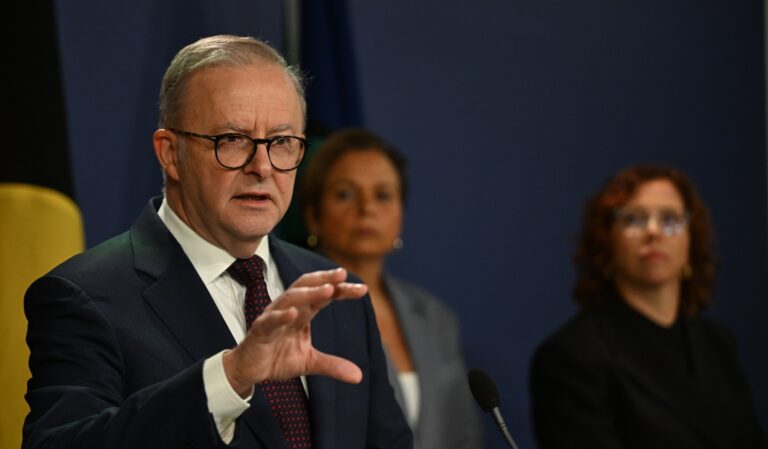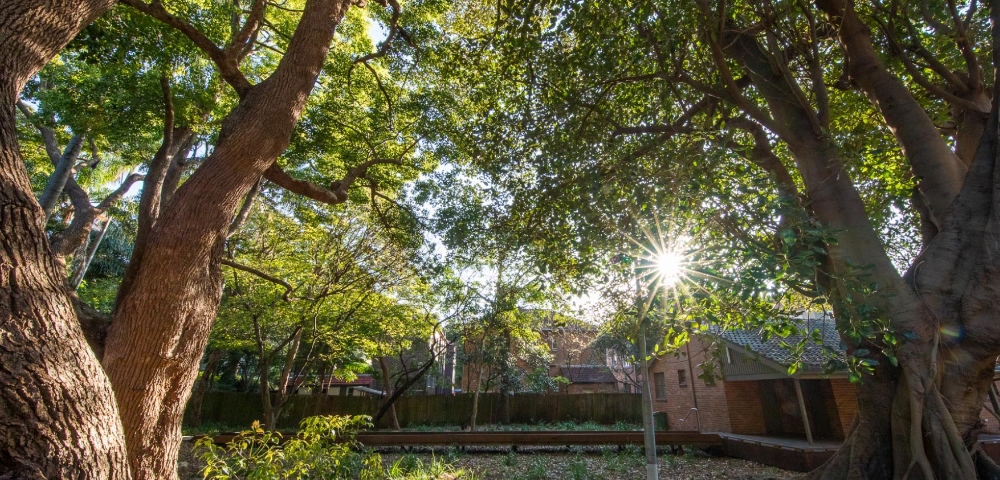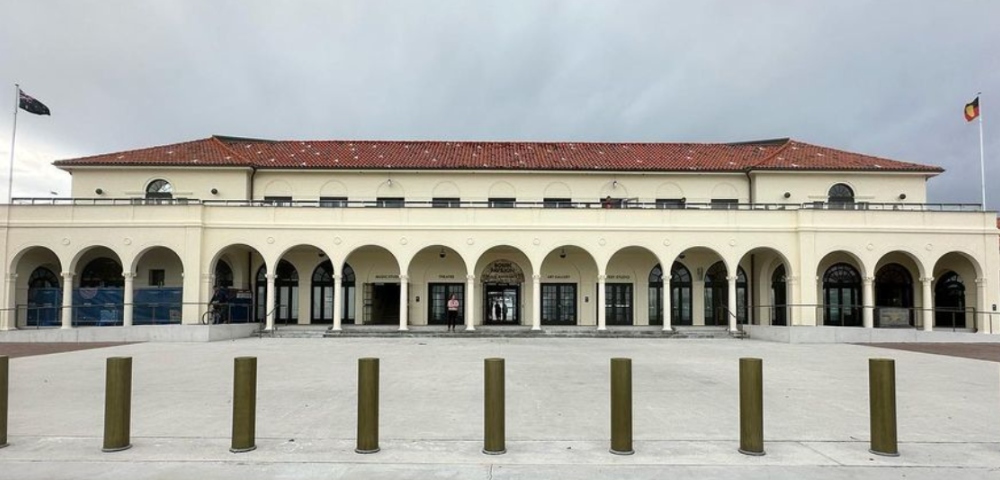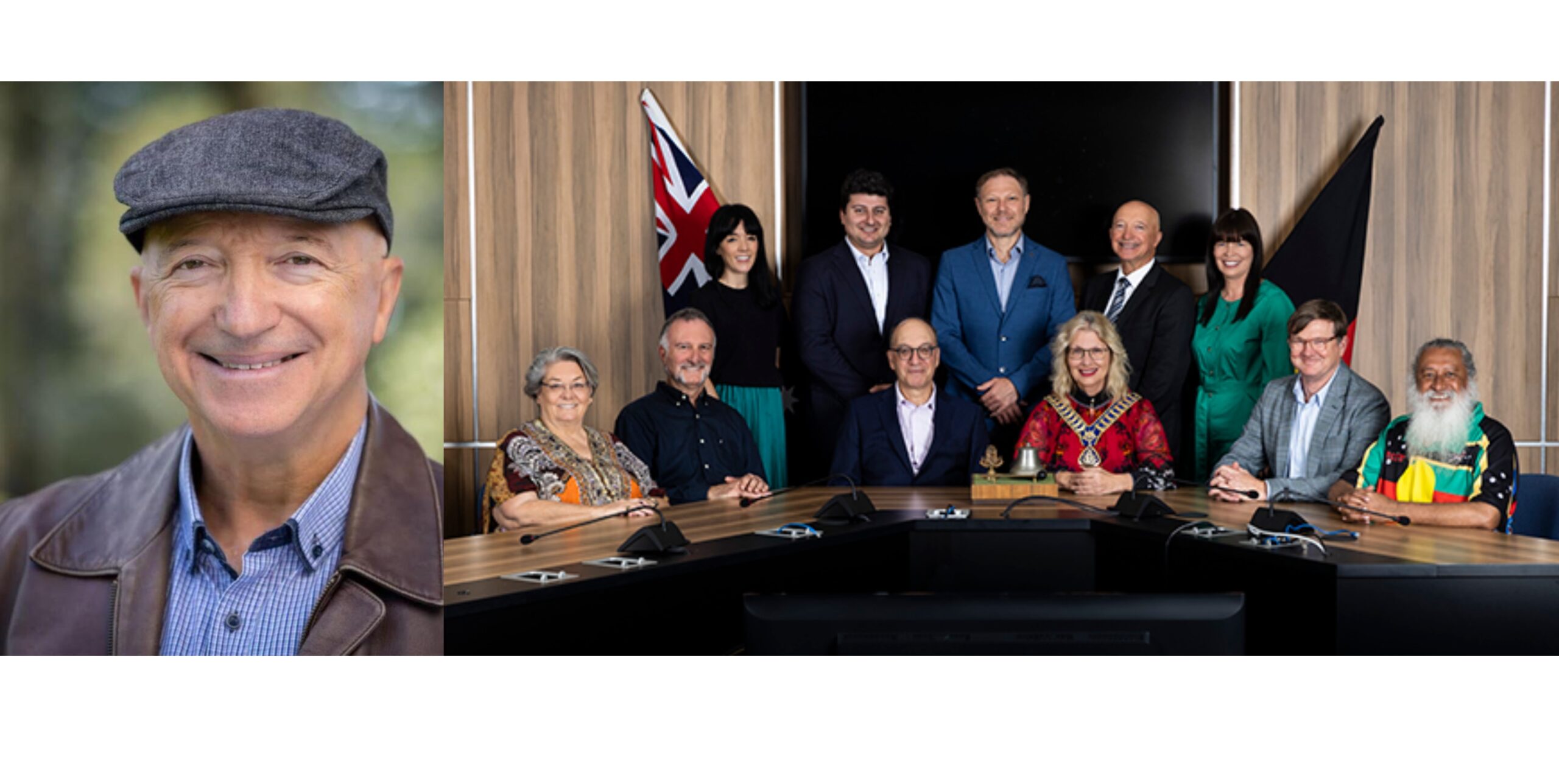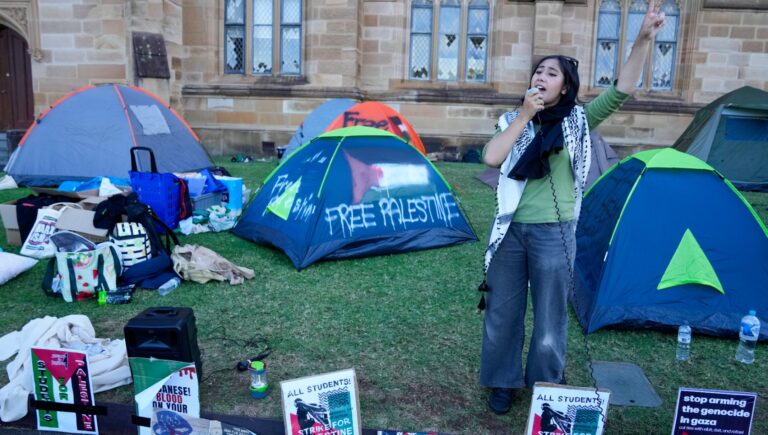
Climate report paints grim picture for Sydney’s coast
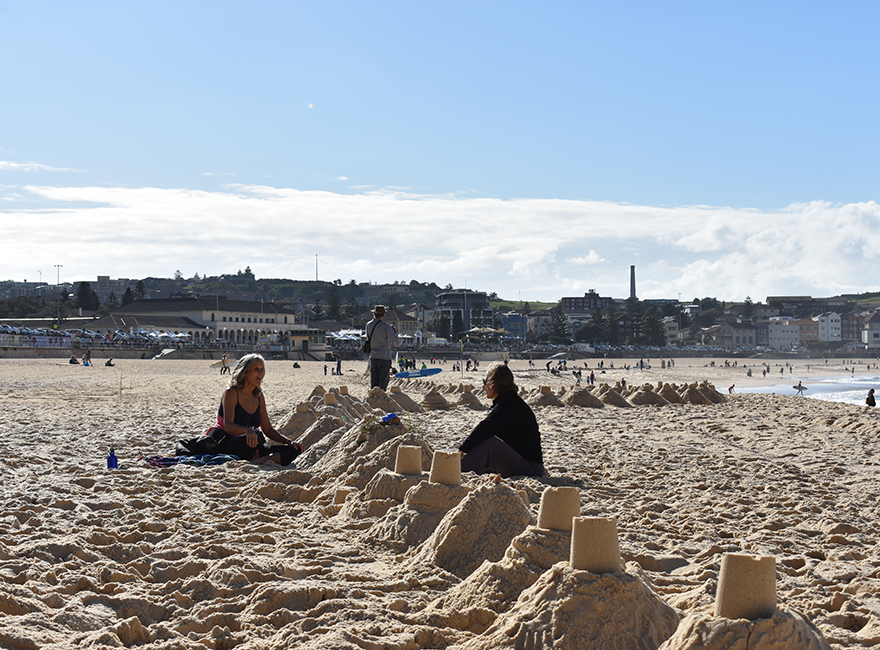
A “State of the Climate” report released on Friday paints a grim picture for Sydney’s iconic coastline and harbourside riverways.
The report prepared by the Bureau of Meteorology and CSIRO reveals global sea levels have risen by 25 centimeters since 1880, with half of this rise occurring in the past 50 years. The rate of sea level rise has accelerated by almost 3 centimeters a decade.
Sea levels are expected to continue to rise, and at a faster rate as time goes on, says the report. This rise leads to serious risk of inundation and damage to coastal infrastructure and communities.
But it’s not just the level of the sea that’s rising, the surface temperature of the oceans around Australia has also risen. The average surface temperature of the waters around Australia has increased by 1 degree celsius since 1900. The rise in ocean temperature leads to marine heatwaves which, among other damage, leads to more severe coral bleaching events.
The state of the Climate Report highlighted other impacts which are worsening including extreme heat, longer fire seasons and more dangerous fire weather. A recent royal commission concluded, in “no uncertain terms”, last year’s Black Summer bushfires were driven by climate change.
Drought in the southeast of Australia, including Sydney, has also been on the rise. The report highlighted a decline in April to October rainfall of around 12 percent since the late 1990s.
And CEO of the Climate Council, Amanda McKenzie, warns there’s worse to come. She said while there’s overwhelming evidence of the negative effects climate change will have and has already had on the country, the government has done little to mitigate it.
“Despite this, we have once again witnessed the Federal Government putting its head in the sand on climate change,” said Ms. McKenzie.
“If this government does not start looking around at the states, territories, and overseas to our major trading partners like the US, the UK and China, who are taking progressively stronger action – its legacy will be one of failure.”
A report prepared by the Intergovernmental Panel on Climate Change (IPCC) last year paints a grim picture for coastal Sydney’s future. A “worst case scenario” put forward in the report would see shorelines moving landward by more than 100 meters by the year 2100. This would damage much of Sydney’s iconic coastline.
Councils rise to the task
While the federal government has it’s “head in the sand on climate change” some councils are rising to the task of tackling climate change and carbon emissions on a local level.
The City of Sydney, for example, has set clear targets to reduce greenhouse gases by 70 percent by 2030, and to have at least 50 percent of the city’s power generated from renewable sources. Initiatives have also been put in place to mitigate the effects of climate change including planting more trees and other vegetation across the city, providing more cool shared spaces for the community and managing the impacts of flooding.
Waverley Council has also risen to the task to tackle climate change, with the council signing a Safe Climate Declaration in April this year as a commitment to actively reduce greenhouse gas emissions and prepare for the impacts of climate change. This came after the council announced it had kicked its goal of a 30 percent reduction in greenhouse gas emissions.
The declaration was prepared during the Climate Emergency Summit in Melbourne which Waverley mayor Paula Masselos attended on behalf of the community. The declaration has over 3,000 signatories from across Australia.
“Through the Safe Climate Declaration, Waverley Council is sending an even stronger message to the community about how serious we are about tackling climate change for future generations,” Ms. Masselos said.
And these initiatives aren’t going without recognition. In October, Waverley Council took home the LGNSW Excellence in the Environment Award for Behaviour Change in Waste. The City of Canada Bay in Sydney’s Inner West took home the highest award for Local Sustainability.
While action has been slow on a federal level the tides are slowly changing.
With the release of the State of the Climate report, the House of Representatives Standing Committee on the Environment and Energy called for submissions for an inquiry into two climate change bills, sponsored by independent member for Warringah, Zali Steggall.
“The impacts of Climate Change represent the greatest threat to our national security, our economy, our health and our environment,” said Ms. Steggall.
“But if we implement an effective plan now, we can create a safe and prosperous future for ourselves and our children.”
Submissions can be made through Ms. Steggall’s parliamentary website.



